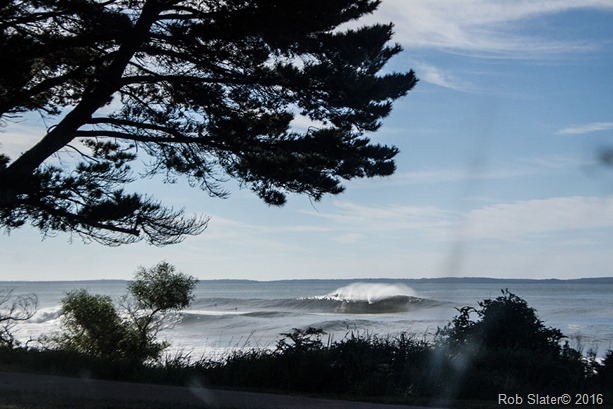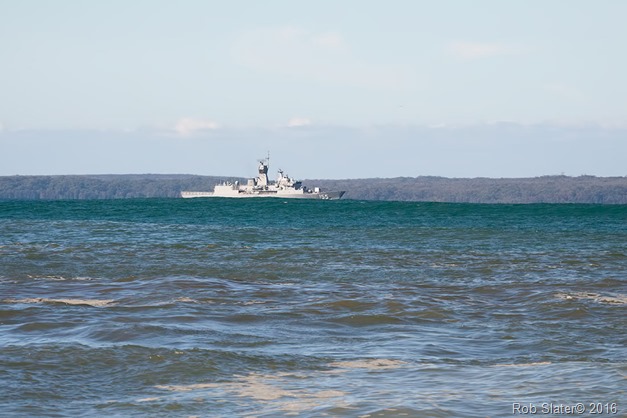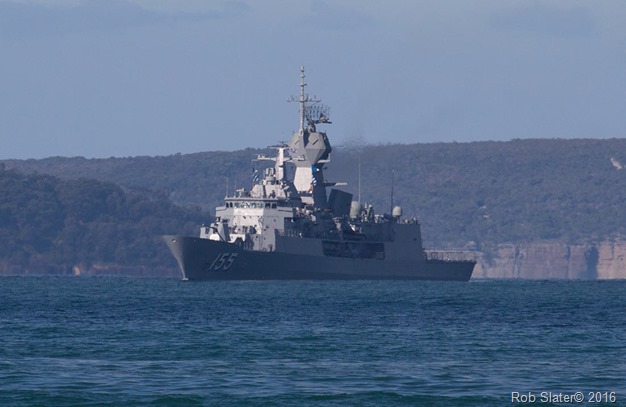| Captain and mate die at sea. |
| These terrible headlines appeared in the Sydney Morning Herald in 1909 and were the first indications that something terribly tragic had taken place.
The story tells of the tragic circumstances by which Captain Gorman of the auxiliary fore and aft schooner Eugenie found his maker, and the brave actions by the first mate Mr. Anderson in saving the vessel and it’s crew, before he himself was overtaken by the endless sleep. |
| |
| The Eugenie was a fore and aft schooner built by Joseph Dent in 1904, to the order of Messrs. Darbishire and Harding of the island on Guadalcanar, in the Solomon Group. She was fitted with a 12 horse-power Victor motor for taking her in and out of port, in her official trials she steamed over the measured mile at a speed of 31/2 knots. Described as a handy little vessel of about 70 tons gross and 84 tons net, measuring 101 ft in length, beam 19th, depth 8ft 3 in. Her frames and bottoms are of hardwood, and the decks and sides are of kauri, she was copper fastened throughout. |
| |
| After her launch from the Dents shipbuilding yards on the banks of Currambene Creek, she was towed to Sydney by the steamer Kiaora, where at once she was taken to Drake’s dock in Waterview Bay to be fitted out. Around 12 months after her launch she made the voyage back to Sydney for a complete overhall.
Calking and other improvements were carried out, with a major upgrade to her masts. They were restepped with the view to improve the sailing capacity and general handiness of the vessel. This was carried out under the supervision of the builder. The schooner was taken for an official trial and the results of the trip judged the alterations as entirely satisfactory. At this time she was in command of Captain Harding.
She then proceeded back to the Solomon Islands and be handed over to Captain N. R. Schroder.
|
 |
| The first the authorities knew about the terrible event was when word was received in Newcastle that the Eugenie was in distress of Cape Hawke, and in need of assistance.
Captain Hacking Superintendent of Navigation immediately dispatched the pilot steamer Ajax to the scene.
Dr John Harris, also joined the crew of the Ajax in consequence of the report that there was sickness on board. On reaching the schooner the crew of the Ajax found the Eugenie had been taken in over the bar into Cape Hawk, and was in no danger from any bad weather that might arise.
On board they found the mate of the Duranbah, Mr Stewart and a white seaman Mr A Thompson, also from the Duranbah. Mr Stewart stated that the steamer Duranbah saw the schooner flying a distress signal. The ensign was flying upside down and half mast. On speaking to the crew of the Eugenie it was found that the captain had died two days previously, and the mate was very ill.
Mr Stewart and Mr Thompson were therefore put on board to navigate the vessel to the nearest port.
The mate. Mr Anderson, recovered slightly on being given a dose of brandy. He told a sad story of the schooners voyage from the Solomon Islands 12 days before. The master Captain Gordon was suffering malerial fever, two days later the mate also took the fever, the two of them, the only white men among a crew of 12 hands, made an heroic and terrible struggle to navigate their vessel to Sydney.
After some days of this the captain was unable to leave his bed, and the whole of the work devolved on the mate, Mr Anderson. The later was suffering severely, and had no sleep or food to speak of for days.
To make matters worse, the schooner met with bad weather and had a number of her sails blown away. On the 6th inst, Captain Gordon, who was to weak to leave his bed for some days succumbed, and was burried at sea.
A few hours after the arrival of the Ajax the mate Mr Anderson died and was buried at sea. Two of the natives were also suffering with fever, the rest of the crew all natives of the Solomon Islands are in good health.
The vessel was fumigated and after a few days and one aborted attemp because of bad weather, she was towed to Sydney by the steamer Electra for an overhaul and refit. because of the sensational story reported in Sydney papers, a large crowd had assembled on the foreshore to see the striken schooner arrive in port.
|
| Further details emerged surrounding the circumstances and difficulties encountered. |
| The vessel had an oil engine, but there was no propellor attached to the shaft. The engine had gone rusty, and the lever was immovable. The sails, too, were battered and torn, and could not be set until they were mended. There were ten black natives on board, and only two of them knew how to steer the vessel. They could hardly speak, and where one went the others followed. |
| |
 |
 Boat frame on the backs of Curambene Creek. Boat frame on the backs of Curambene Creek. |
| This was not the end of the story however. |
| March 1909. |
| In the Vice-Admiralty Court to-day the Deputy Judge Commissary, Mr Justice Street, delivered his reserved judgment in the case of the North Coast Steam Navigation Company and others against the owners of the schooner Eugenie for salvage. The claim was for 400 ponds.
The plaintiffs are owners of a fleet of steamships trading to the northern rivers. Two Vessels – the Duranbah and the Electra – were concerned in the salvage.
At the time of the rescue by the Duranbah as detailed above, the schooner was found to have her helm lashed hard a-starboard; the wind was from the south-east, there was an easterly swell, and the schooner was drifting towards the land. Practically all the work fell on Stewart and Thompson.
His honour in delivering judgment, reviewed the facts of the case, and remarked that the essential element of salvage service was that it must be done voluntarily and successfully, and that there must be danger to the vessel salved. In the present case the service was both voluntary and successful, and the vessel was in real and sensible danger. She was in such a position that without assistance, she would in all probability have drifted ashore and been lost.
The plaintiff company had rendered services which were in the nature of salvage, and for that were entitled to some reward.
As regard the services rendered by the Electra, those must be looked upon solely and simply as towage services. Taking all the circumstances into consideration, he thought the sum of 45 ponds was sufficient for the company.
The services of Stewart and Thompson were meritorious, and their claims stood on an entirely different footing. They displayed courage and humanity, and remained on deck all night and day inspite of what they regarded as infection. The award for services of this kind could not be wieghed on scales; but there should be an award in order that others might be encouraged to go and do like wise.
His honor awarded Stewart 55 pounds and Thompson 35 pounds; a total verdict of 135 pounds, defendants to pay costs of the suit. |
| The wreck of the Eugenie |
After her refit the Eugenie she was sold to Messrs, Burns. Philip and Co, Limited, acting on behalf of the Solomon Islands Development Company, 6 years later the Eugenie in 1915, was a total wreck, dragging her anchors in Abamama lagoon she was blown on to the reef by a strong westerly wind.
Another locally built vessel ends her seafaring adventure in sad and dramatic circumstances. |
| |
Walt Whitman (from Leaves of Grass, 1867 edition, first published in Saturday Press, New York, 1865) |
| O CAPTAIN! my Captain! our fearful trip is done;
The ship has weather’d every rack, the prize we sought is won;
The port is near, the bells I hear, the people all exulting,
While follow eyes the steady keel, the vessel grim and daring:
But O heart! heart! heart!
O the bleeding drops of red,
Where on the deck my Captain lies,
Fallen cold and dead.
O Captain! my Captain! rise up and hear the bells;
Rise up—for you the flag is flung—for you the bugle trills;
For you bouquets and ribbon’d wreaths—for you the shores a-crowding;
For you they call, the swaying mass, their eager faces turning;
Here Captain! dear father!
This arm beneath your head;
It is some dream that on the deck,
You’ve fallen cold and dead.
My Captain does not answer, his lips are pale and still;
My father does not feel my arm, he has no pulse nor will;
The ship is anchor’d safe and sound, its voyage closed and done;
From fearful trip, the victor ship, comes in with object won;
Exult, O shores, and ring, O bells!
But I, with mournful tread,
Walk the deck my Captain lies,
Fallen cold and dead. |
| 
|


 Refueler - HMNZS Endeavour entering the bay early Wednesday Morning.
Refueler - HMNZS Endeavour entering the bay early Wednesday Morning.
 Large plumes of spray smashing the reef at longnose point.
Large plumes of spray smashing the reef at longnose point. HMNZS Tekaha behind a rolling sea.
HMNZS Tekaha behind a rolling sea. HMNZS Tekaha
HMNZS Tekaha





























